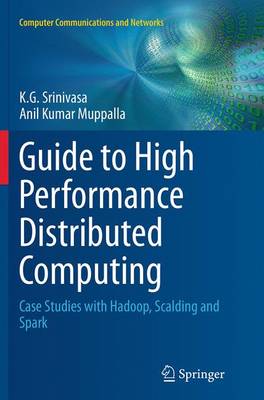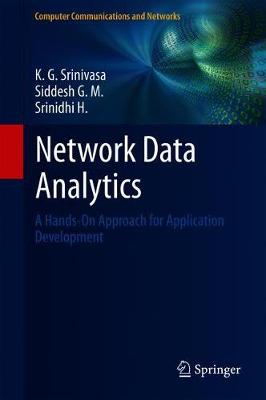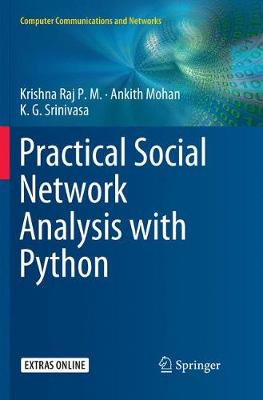Computer Communications and Networks
3 total works
Guide to High Performance Distributed Computing
by K.G. Srinivasa and Anil Kumar Muppalla
Practical Social Network Analysis with Python
by Krishna Raj P.M., Ankith Mohan, and K.G. Srinivasa
This book focuses on social network analysis from a computational perspective, introducing readers to the fundamental aspects of network theory by discussing the various metrics used to measure the social network. It covers different forms of graphs and their analysis using techniques like filtering, clustering and rule mining, as well as important theories like small world phenomenon. It also presents methods for identifying influential nodes in the network and information dissemination models. Further, it uses examples to explain the tools for visualising large-scale networks, and explores emerging topics like big data and deep learning in the context of social network analysis.
With the Internet becoming part of our everyday lives, social networking tools are used as the primary means of communication. And as the volume and speed of such data is increasing rapidly, there is a need to apply computational techniques to interpret and understand it. Moreover, relationships in molecular structures, co-authors in scientific journals, and developers in a software community can also be understood better by visualising them as networks.
This book brings together the theory and practice of social network analysis and includes mathematical concepts, computational techniques and examples from the real world to offer readers an overview of this domain.


